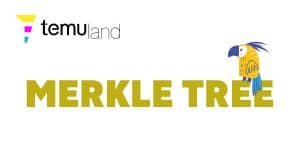Decentralized networks operate without relying on a central source of truth, and instead rely on group coordination in order to establish a shared state. Trust is distributed among participants, so to have confidence that each participant is telling the truth, there must be a mechanism for guaranteeing that participants have not accidentally corrupted or intentionally tampered with the system’s state.
Enter the Merkle tree
Ethereum2$ 3,419.230.15%-0.14%1.09%details.
Tara helps build Beaker, a browser for the peer-to-peer Web. She’s enthusiastic about decentralizing the Web, and thinks that peer-to-peer protocols will reinvigorate the creativity of the Web’s early days.
EVENT:
Con 2017
SPEAKER:
Tara Vancil
PERMISSIONS:
The original video was published with the Creative Commons Attribution license (reuse allowed).
CREDITS:
Original video source





